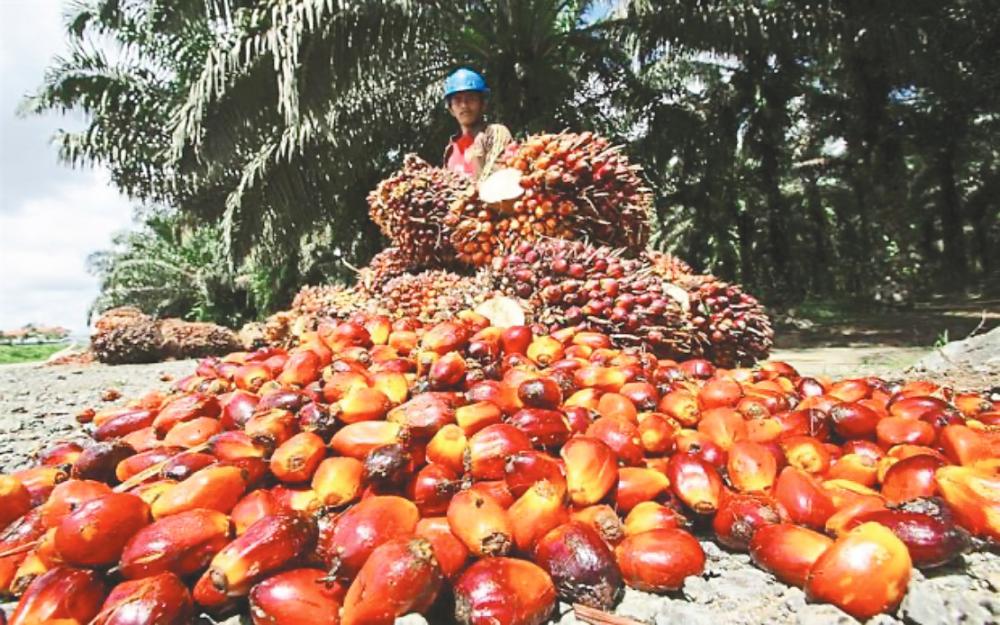KUALA LUMPUR: Malaysian palm oil stocks increased in March 2025 after six consecutive months of decline, rising to 1.56 million tonnes, said Malaysian Palm Oil Council (MPOC) yesterday.
It said that the increase was driven by a 16.8% month-on-month rise in palm oil pro-duction, following delayed harvests in February caused by heavy rainfall and flooding.
Despite the recovery in March, it added cumulative production for the first quarter of 2025 remains the lowest in three years and year-on-year production declines are likely to persist until September.
As a result, total palm oil production in 2025 could fall to around 19 million tonnes, below the 19.3 million tonnes recorded in 2024.
“Palm oil has recently regained its price competitiveness against the soft oils, after trading at a premium in the global market since August 2024. At RM3,900 per tonne, palm oil is now considered reasonably priced. As a result, China is projected to increase its palm oil imports in May and June to replenish inventories, coinciding with the onset of the summer season, which typically sees higher palm oil consumption in the country. Similarly, India is expected to capitalise on the current low palm oil prices to replenish its depleted inventories, as the price gap between palm oil and soybean oil has narrowed in the domestic market,” said MPOC in a statement.
Soybean oil prices on the CBOT exchange have been hovering above 42 cents per pound (equivalent to US$920 per tonne), despite bearish sentiment in the US market. Following the recent removal of tax credit for both canola oil and imported used cooking oil from the US biodiesel supply chain, the feedstock shortfall is expected to be filled by increased demand for tallow and soybean oil. This suggests that global soybean oil prices may have bottomed out and are poised for a strong recovery once US biofuel policy becomes clearer in the months to come, MPOC said.
Although palm oil stocks in Malaysia are expected to con-tinue rising from April onwards, it said the build-up will be moderate, capped by weak year-on-year production growth, particularly in Sabah. Palm oil production in Sabah declined by 10% from January to March 2025, reaching its lowest level in five years. This production shortfall will limit inventory accumulation and help support palm oil prices.
In coming weeks, it added palm oil prices are expected to remain supported at RM3,900. “This stability is underpinned by the recovery in soybean oil prices, which enhances palm oil’s price competitiveness. The ongoing decline in palm oil production in Sabah remains a concern and is likely to limit any significant production recovery in the coming months. Despite these supportive factors, a strong rally in vegetable oil prices is unlikely, as escalating trade conflicts and soft crude oil prices imply higher risk and price volatility,” said MPOC.









